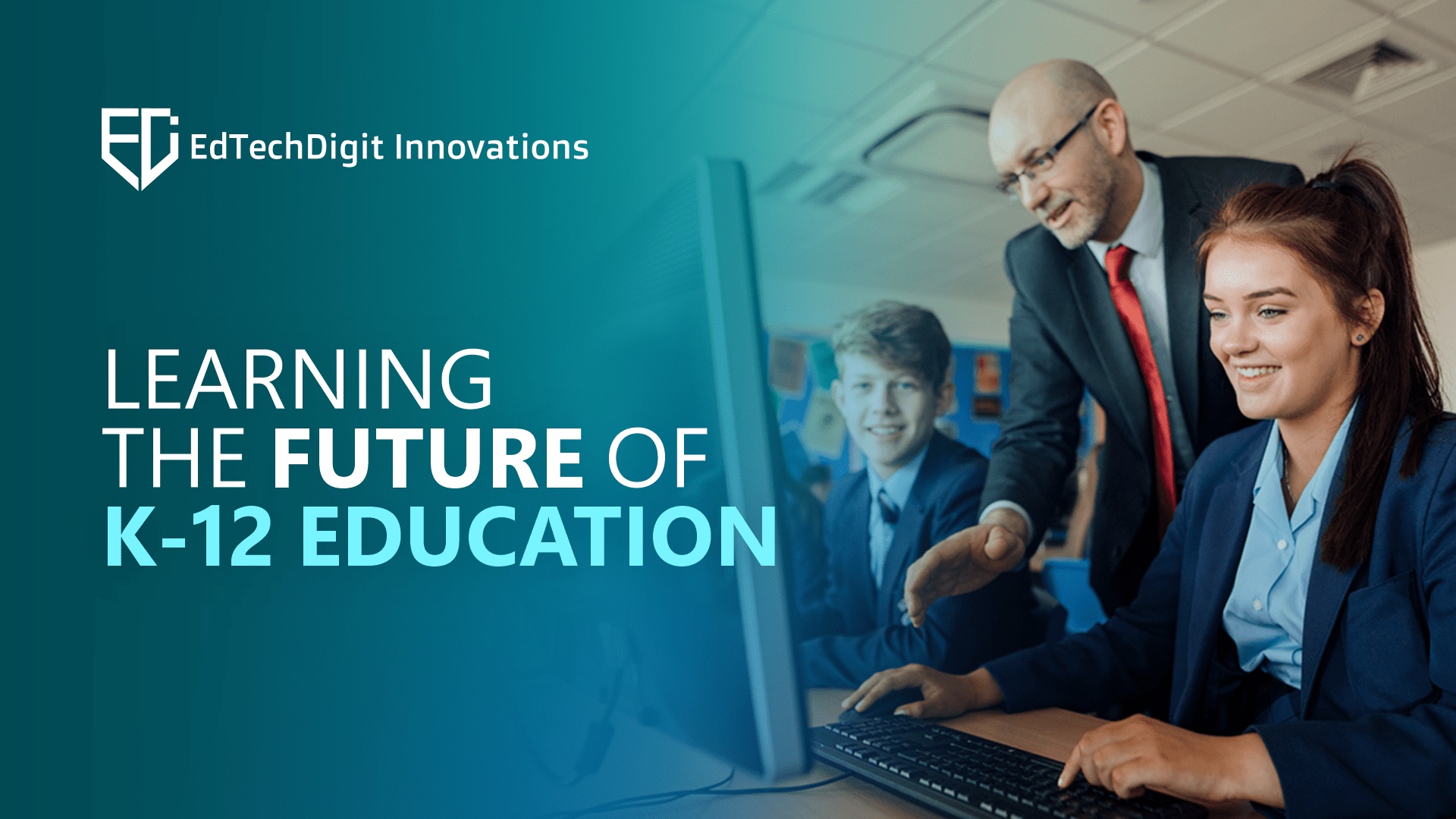The traditional teaching models of K-12 education come with a rigid schedule and a one-size-fits-all approach, and this method is becoming obsolete in meeting the demands of new-age learners who prefer adaptive, flexible, and interactive learning.
We live in a world where technology is growing at an unprecedented rate, and, therefore, old curricula are also becoming irrelevant. Moreover, students also require personalized learning experiences. The most effective solution is blended learning, which, in today’s highly digital world, is emerging as a powerful and transformative approach.
Blended learning can be considered the future of K -12 education as it seamlessly integrates offline and online education and provides students with a dynamic and flexible educational framework that can help them unleash their full potential.
Let us dive deeper and understand why blended learning is the future of education in schools and higher education now.
Understanding Blended Learning
Blended learning refers to the educational approach that combines both online learning and offline learning techniques for an enhanced learning experience. This method integrates digital resources and online activities with face-to-face teaching with the goal of creating a more flexible and engaging learning experience. This method helps the learners get an unmatched personalized learning pathway and provides access to wonderful resources that can prove to be highly important for the development of digital literacy skills. The ultimate goal of blended learning is to utilize the strengths of both online and offline learning environments and improve students’ learning and knowledge retention skills.
Why does the need for Blended Learning emerge?
The traditional education system has several limitations. The regular classroom teaching method consists of a standard curriculum where teachers deliver lessons to a group of students who might have different learning paces and styles. This difference in learning further leads to several problems:
- Lack of personalization – Students who grasp concepts quickly become bored soon, and those who struggle to understand the concepts may fall behind.
- Limited access to resources – The traditional classroom teaching method also doesn’t have so many resources, technology, and expertise that are available online.
- Passive learning – In the regular classroom, students often receive information passively, and this results in lower engagement, critical thinking, and collaboration.
- Inflexibility – The biggest challenge is a lack of flexibility. Fixed classroom settings and schedules can sometimes be unsuitable for individual student needs.
The Paradigm Shift in Education: Blended Learning
Blended learning can effectively address all these limitations by combining the best of both worlds – the personalized and flexible nature of online learning with the social interaction and guidance provided by face-to-face instruction.
Blended learning offers several features, making it the future of K-12 education. Let’s understand why:
- Personalized Learning
Online learning platforms can track student progress and provide them with personalized learning paths. This will help them learn at their own pace and focus on topics they find hard to understand.
Moreover, the adaptive learning technologies offered by online educational platforms can easily adjust the difficulty level of content based on individual student performance and help improve engagement in learning.
- Better flexibility and accessibility
As online learning materials can be easily accessed from across the globe, they offer more flexibility to students, especially those located in remote distances or with physical disabilities who cannot attend regular classes. They can access learning materials and complete assignments at their own convenience.
- More engagement and motivated learning
The digital course content can be highly interactive and engaging. They consist of multimedia resources and offer gamification features for better engagement and fun learning experiences. Blended learning can also incorporate various instructional strategies to cater to various learning styles and preferences.
- Empowering K-12 students with the latest skills
The skills needed for 21st-century jobs are evolving rapidly, and traditional classroom methods are not enough to meet the growing and evolving skill demands. Therefore, K-12 education needs to integrate blended learning methods to develop skills like critical thinking, problem-solving, collaboration, digital literacy, and others.
- Improved Teacher Effectiveness
Not just enhancing the learning experience of students, blended learning and the use of technology in K-12 and higher education also improve the effectiveness of teachers. Teachers can use the latest technology to automate various administrative tasks and free up their time for more personalized student interaction. They can also use the online platforms to get and provide timely feedback or monitor student progress.
How to Implement Blended Learning in Schools?
Well, blended learning may not be as easy as it sounds as there are several eLearning solutions, some of which might not be effective, and some may be too expensive. So, educational institutes may carefully plan and consider popular solutions for maximum results.
Here are some things to consider:
- Teachers should be provided adequate support and training to integrate technology in their classes and teachings
- Institutes must invest in reliable technology infrastructure, including internet and systems
- The curriculum should be redesigned to incorporate both online and offline learning activities
With proper consideration, training, support, and investment, blended learning can yield great results for both students and teachers.
Blended Learning is the future!
It is not just a passing trend but a fundamental shift in how we will access education in the future. As technology evolves, the demand for the 21st-century workforce will also evolve with varied skill needs. Blended learning will, therefore, play an important role in helping students prepare for the skills for the future. So, we must embrace the technological advancement and blended learning approach to offer a more personalized, engaging, and effective learning experience to all students.

